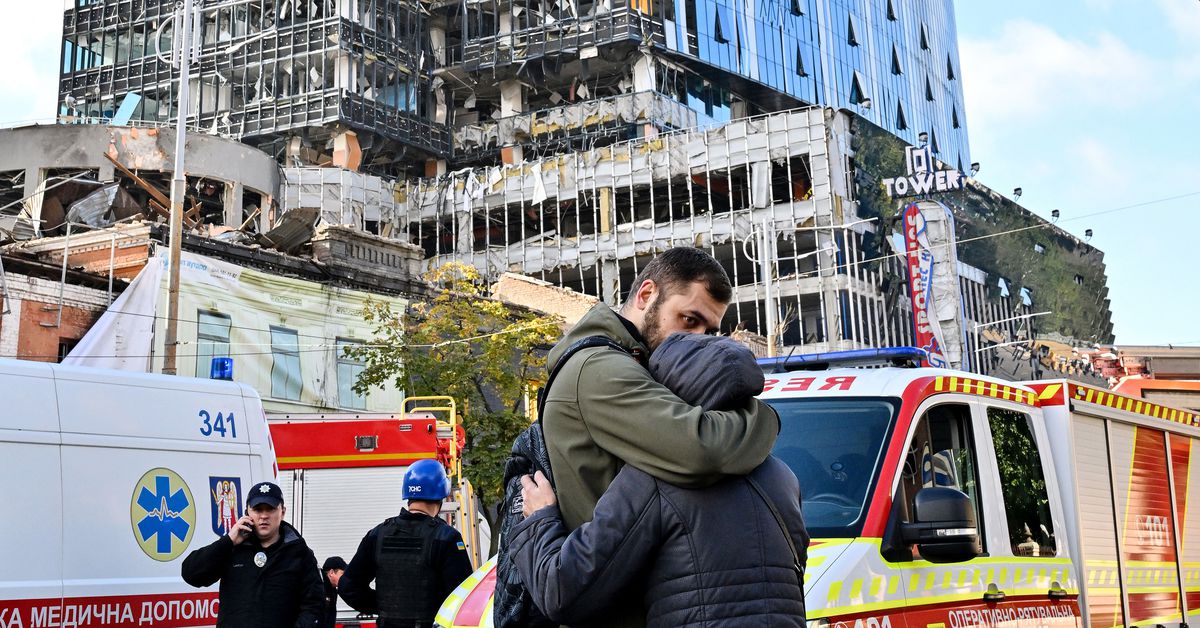Last week, a two-judge bench of the Supreme Court (SC) delivered a split verdict in the hijab case. Justice Hemant Gupta upheld the Karnataka high court (HC) judgment favouring a uniform dress code and banning religious symbols from classrooms, including the hijab. On the other hand, justice Sudhanshu Dhulia sided with the girls’ right to choose, setting aside the Karnataka government order. The Chief Justice of India will now decide the size and composition of a larger bench that will now hear the matter. Although judgments are based on constitutional principles and laws, the split verdict signifies the reality of our polarised times.
It is strange that the school management committee in Karnataka, headed by a local politician, could not resolve the impasse over the hijab by talking to parents. Instead, the matter went to the highest court of the land. This development points to a deeper malaise. The students’ lives and their future appear caught between religion and politics. Their right to education is likely to remain confined to the pages of the Constitution and, in reality, their lives will be dictated by realpolitik.
It is now well known that hijabs and veils are not mandatory in Islam. Ample Koranic evidence supports this. The hijab is a patriarchal imposition meant to control women. The protests underway in Iran against compulsory hijab tell us this. “The State has no business telling us how to dress; the clergy has no business telling us too,” Iranian women are saying. Orthodox Muslim clergy advocated a strict dress code for women, and the hijab seems to have found acceptance, especially among some sections, along the way. Some girls believe that the hijab is their religious obligation and are happy to abide by it. Many cannot imagine stepping out of their homes without it. Girls in Udupi chose to skip classes, even exams, for the sake of the hijab.
Choice is a complex phenomenon and influenced by social conditioning. Many women sacrifice their careers and stay at home for family’s sake. Men rarely do that. Socio-economic realities, traditions, culture and religion influence behavioural patterns for women who are mostly denied the opportunity to undertake their individual journey of self-awareness, education and enlightenment. The hijabi girls, too, have been summarily deboarded from this journey.
The orthodoxy cares nothing about the education of girls. But institutions in a democracy are expected to act better than a religious establishment. Educational institutions should be guided by the spirit of learning and scientific temper. They cannot resort to technicalities and accept the exclusionary decisions of a committee headed by a politician. They must take a compassionate view, allowing room for reasonable accommodation to account for social circumstances. How fair is it to deny education to girls because of the hijab? Are they making her life any better? They must answer these fundamental questions.
The hijabi girls have not refused to wear the uniform. They want to wear the hijab over and above the uniform. An educational institution can frame its uniform policy. But equally, it must be mindful of the fundamental right to education. It cannot demand rigid insistence on uniformity, devoid of social circumstance. A school in Afghanistan under the Taliban may send girl children back if they turn up without a hijab or veil. But India cannot become Afghanistan; it is a sensitive democracy where a piece of clothing should not become the reason to deny education.
Seventy-five years after Independence, Indian Muslims remain poor and backward for several reasons. The enthusiasm of girls for education and better enrolment figures over the last 15 years has been a silver lining. Many women are acquiring economic freedom and mobility. Others have challenged the conservative stranglehold in the democratic fight against triple talaq. All these positive developments are under strain owing to the politics of hate and religious polarisation. The perceived crackdown on azaan, namaz, hijab, and madrasas is bound to be seen as an onslaught on Muslim identity.
While justice Gupta is concerned about teaching secularism to students, we forget that alongside secularism, students must learn about the diversity, pluralism, and multiculturalism that define our country. Indian secularism is rooted in the lived realities of Indians. It is a fine amalgam where the State has to be equidistant from all faiths, and citizens enjoy their religious freedoms.
Saffron-clad politicians are a unique feature of our Parliament, something unthinkable in countries such as France. We cannot have one yardstick for Parliament and another for classrooms. Both are public spaces, and both represent a slice of India. The hijab poses no threat to public order; if at all, it only harms the wearer. The SC will, hopefully, restore the girls’ right to education. But, in the meantime, there is a need to rein in any sentiment that wants to save Muslim girls from religious orthodoxy by denying them an education. Such thinking goes against democracy and betrays a lack of understanding of the complexities involved. Women’s equality and reform in Muslim society are long overdue, but these are serious subjects calling for sustained grassroots and policy endeavours, not majoritarian triumphalism. Reform cannot be bludgeoned through in a society governed by the rule of law. As put poignantly by justice Dhulia, “One of the best sights in India today is of a girl child leaving for school in the morning… She is our hope, she is our future.”
Zakia Soman is co-founder Bharatiya Muslim Mahila Andolan, and a women’s rights activistThe views expressed are personal















